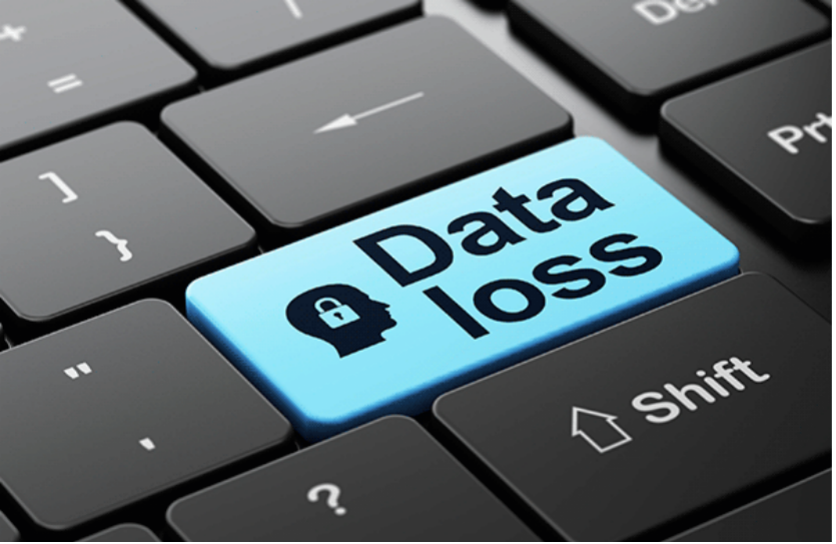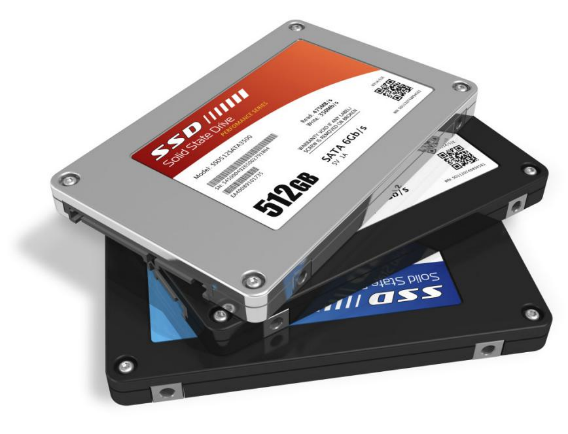User Guide
FAQ
How to Recover Files from a SDD Hard Drive?
Solid state drive has gained a lot of reputation among individuals and businesses for their better performance. However, compared with traditional hard disk drive, it is much more vulnerable for corruption. Thus, SDDs prepare themselves with adequate precautionary measures to help customers avoid data loss. Unfortunately, SD failure is unpredictable and unavoidable in some cases, so why not learn about preemptive measures and SSD data recovery well in advance of a potential failure?

What is Solid State Drive(SSD)?
Solid State Drive, short for SSD, is a nonvolatile storage media that relies on solid-state flash memory to store data. The main advantage of SSDs is that they use nonvolatile memory chips, which can improve performance and loading speed. SDDs use less energy and are more compact, making them perfect for laptops that require more lightweight storage options.
Furthermore, SSDs provide greater physical resilience to physical vibration, extreme temperature fluctuations and shock. SSD drives are also unaffected by strong magnetic files that could sanitize a hard drive. Despite their many advantages, SSDs are still prone to corruption.
Why Solid State Drive Get Corrupted?
There are several reasons why solid state drive gets corrupted. They can be listed as follows.
- Power Supply- SDDs require more power supply, which are prone to malfunction, especially in the case of a power surge or power failure. Thus, it will corrupt existing data, even if the drive itself doesn’t get corrupted completely.
- Malware- SDDs can be affected by malware which can cause file and data corruption.
- Limited read/write cycles- The read or write cycle will affect whether you can write to your SSD. If you still be able to read your data, it can all be restored.
- SSD Wear- Wear and tear can cause a failure.

You should pay attention to signs that your SSD may get corrupted. The best course of action is to take regular backup to enable data recovery if the corruption gets worse or the drive totally fails.
How to Recover Files from Solid State Drive?
Before we head to data recovery part, you need to stop using the device that contains SSD. It’s a precaution that increases the chances of getting data back. If the drive is your computer’s primary disk, data recovery needs to be performed from another connected computer. It may result in overwritten files or data corruption if you don’t follow this advice.
When it comes to recovering files from solid state drive, you can make use of RecoveryMaster software to get data back. RecoveryMaster is an easy-to-use and professional data recovery software that can help you recover lost, deleted or formatted files from various storage devices such as SSD, HDD, USB drive, recycle bin and much more. There is a free trial version available for the first attempt. You can recover 2M data from SSD drive for free. If you want to recover unlimited data, please activate the software.
To retrieve files from SSD drive, you can follow these steps. Firstly, you need to download and install RecoveryMaster following the instruction. Secondly, connect the SSD drive to your computer, launch the software and select the drive. Thirdly, click the Loss Scan button to continue. The scanning process requires several minutes, depending on the size of your SSD drive. Fourthly, Select the files to be restored. A list of files will be displayed on the interface. You can select and preview the lost files to confirm its content. Finally, click on Recover button to bring lost files back. You need to choose another location to save them.
This procedure only applies to restoring lost files on SSD that you previously deleted, and SSD TRIM is disabled. If you have enabled the “Trim” function for your SSD but experienced data loss, I’m afraid that chances of success are slim to none. In this case, you need to contact a professional data recovery service if you require data recovery.
Tips to Protect Your Data
Compared with spending time on data recovery, you’d better learn how to protect your data from further data loss. Here, we list some useful tips to help protect your data.
- Take a backup of important data to another drive or external storage devices
- Download and install anti-virus software to scan and remove all virusesfrom SSD drive
- Stop using SSD drive immediately when facing with data loss
- Use SSD drive recovery software like RecoveryMaster to get data back
Conclusion
Even when you take every precaution to avoid data loss, it’s still possible to lose, delete or format data. Thankfully, third-party data recovery software like RecoveryMaster can help recover files from SSD drive in any data loss scenarios. It doesn’t require technical skill or professional knowledge. Try it to perform SDD data recovery to get your files back.





